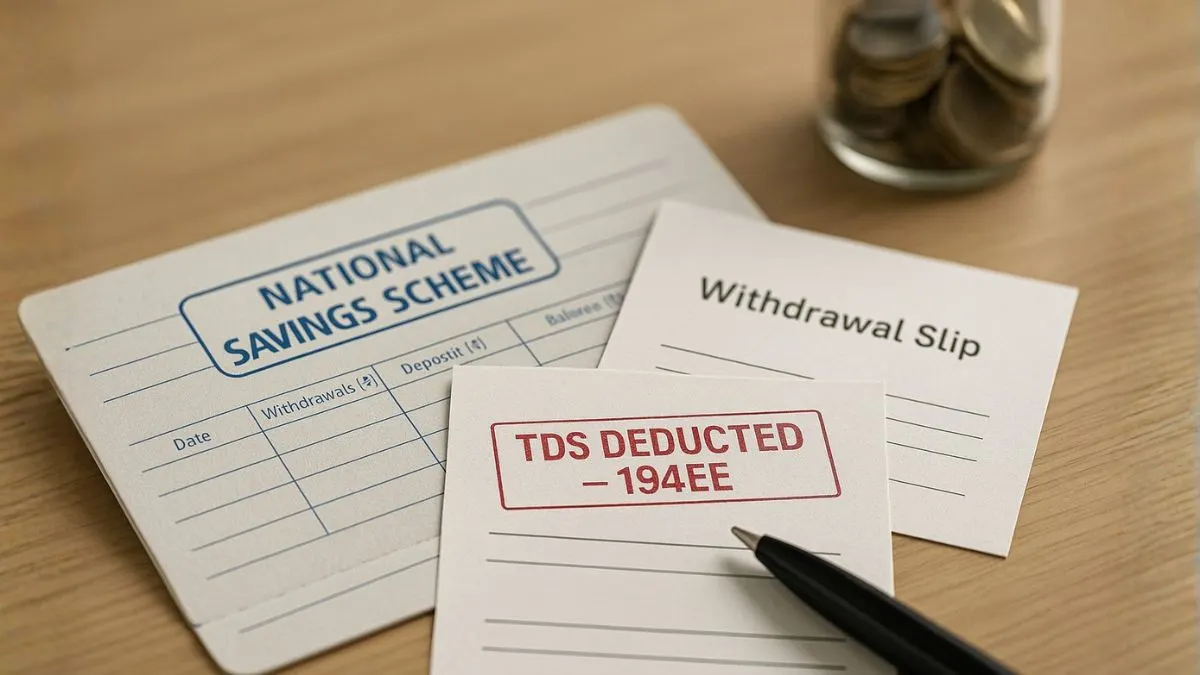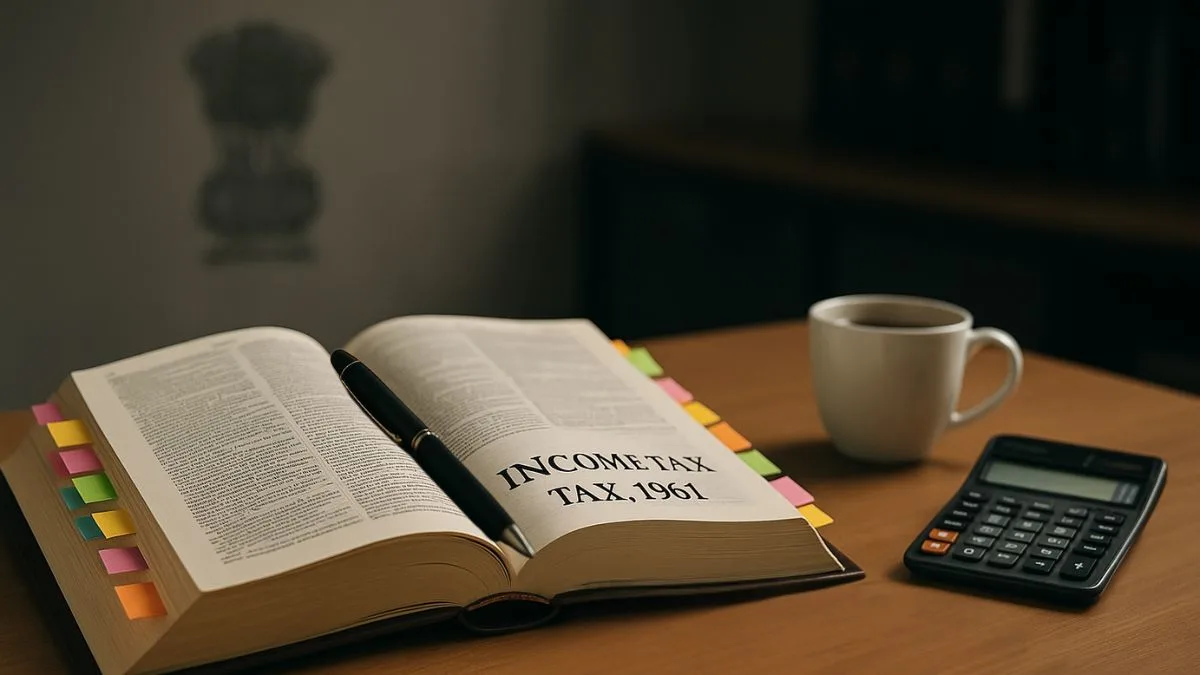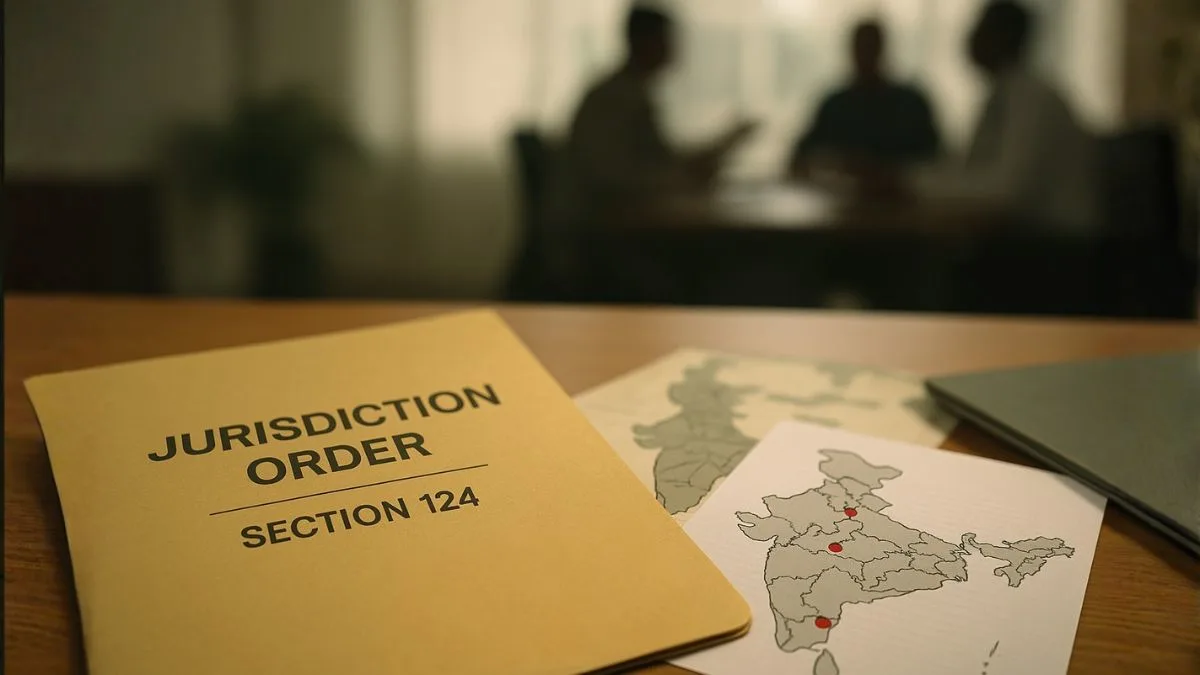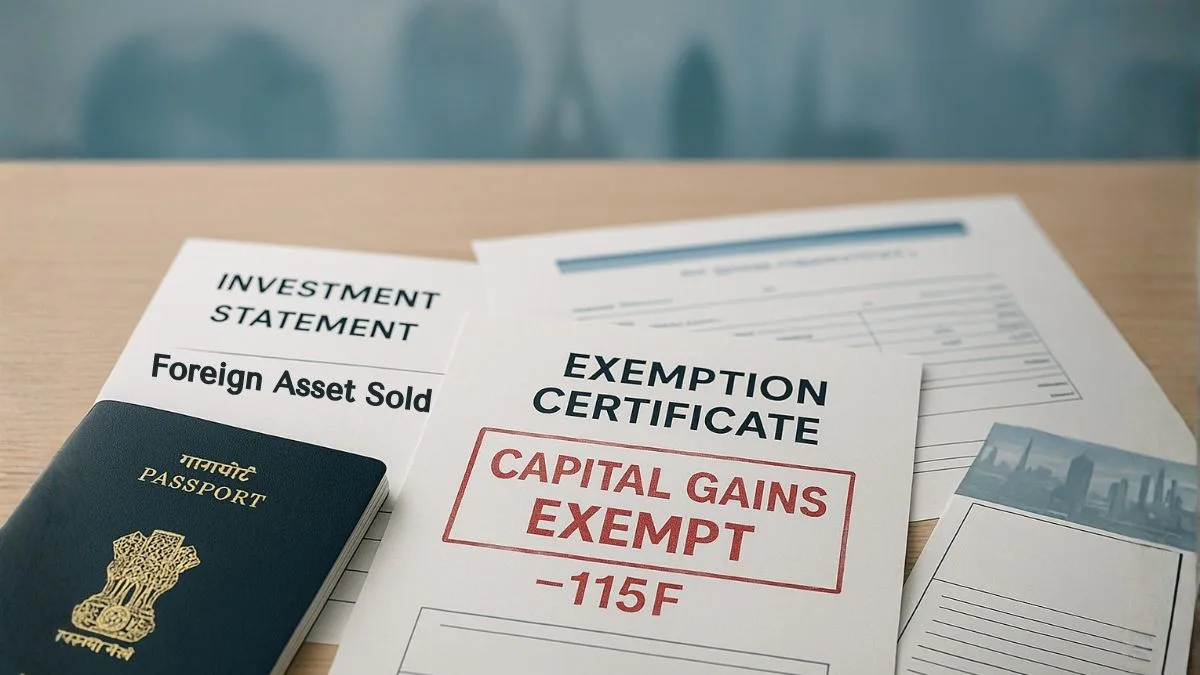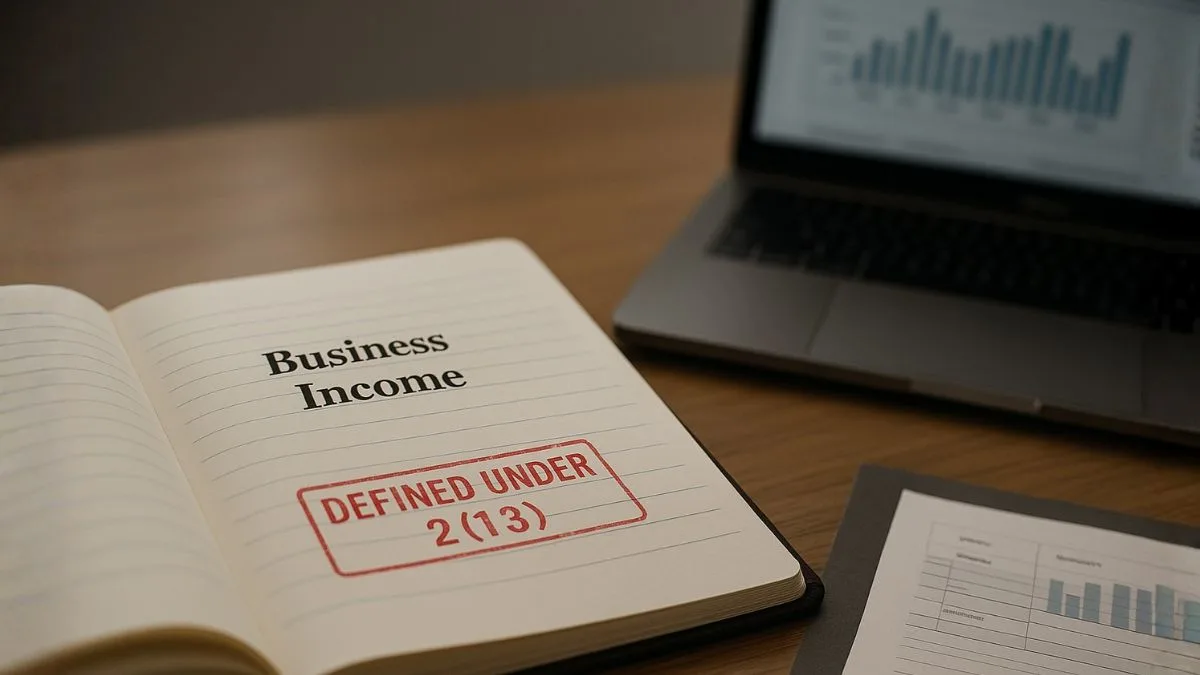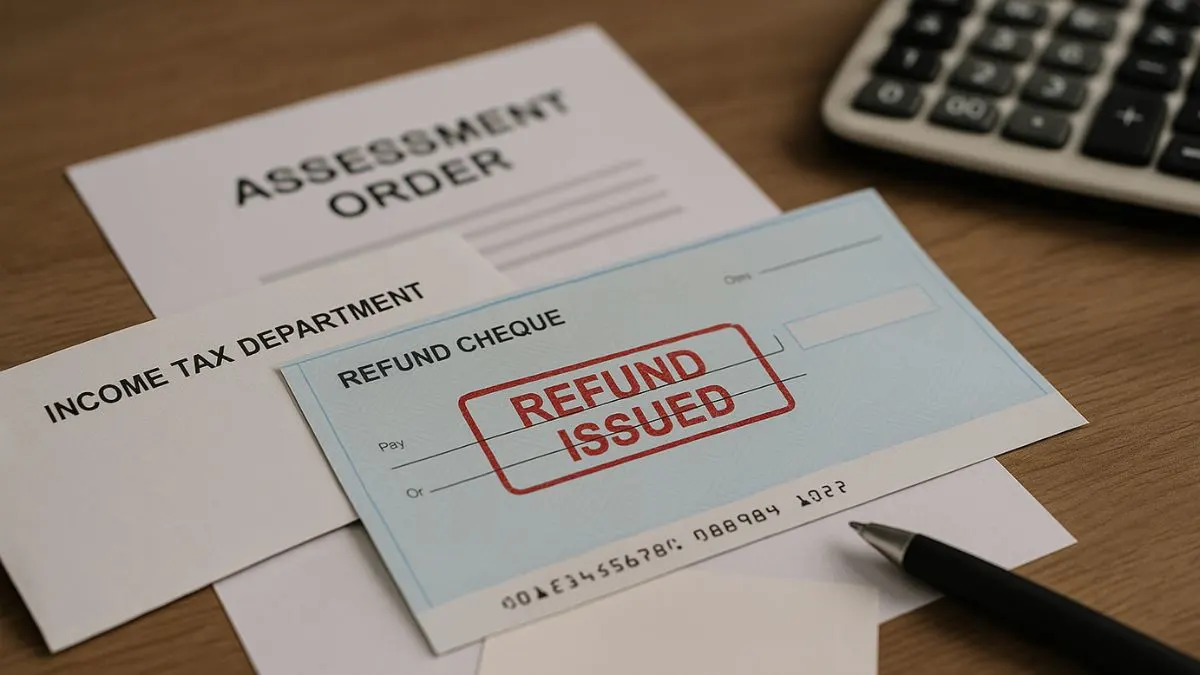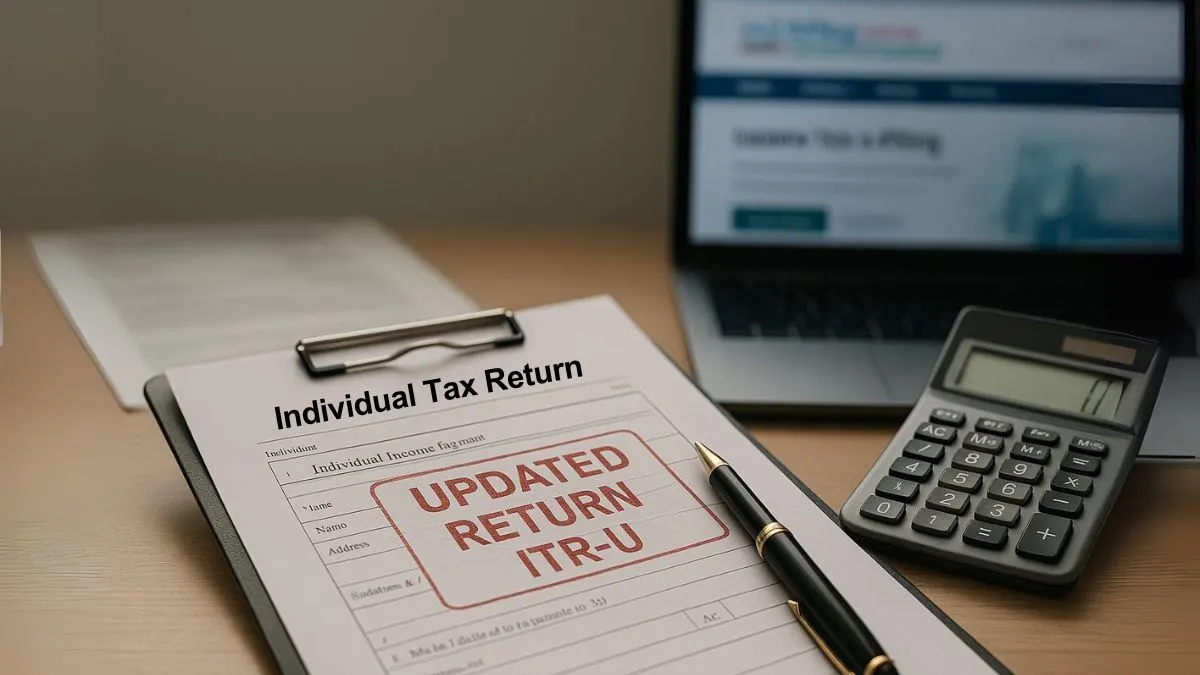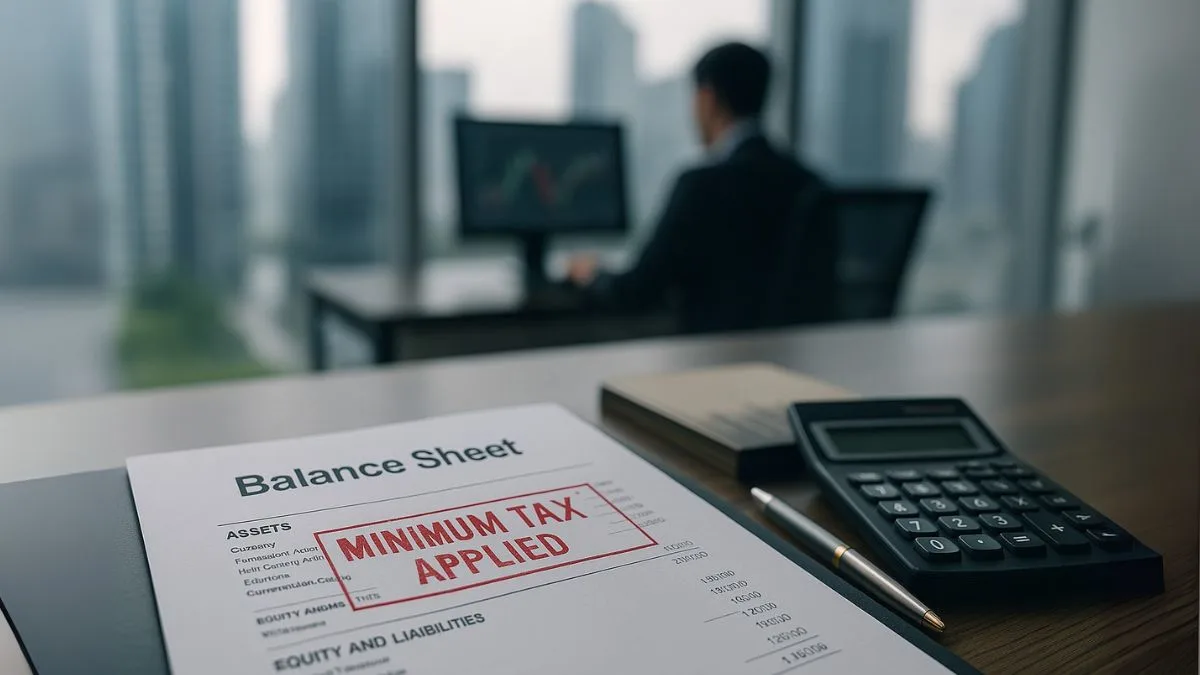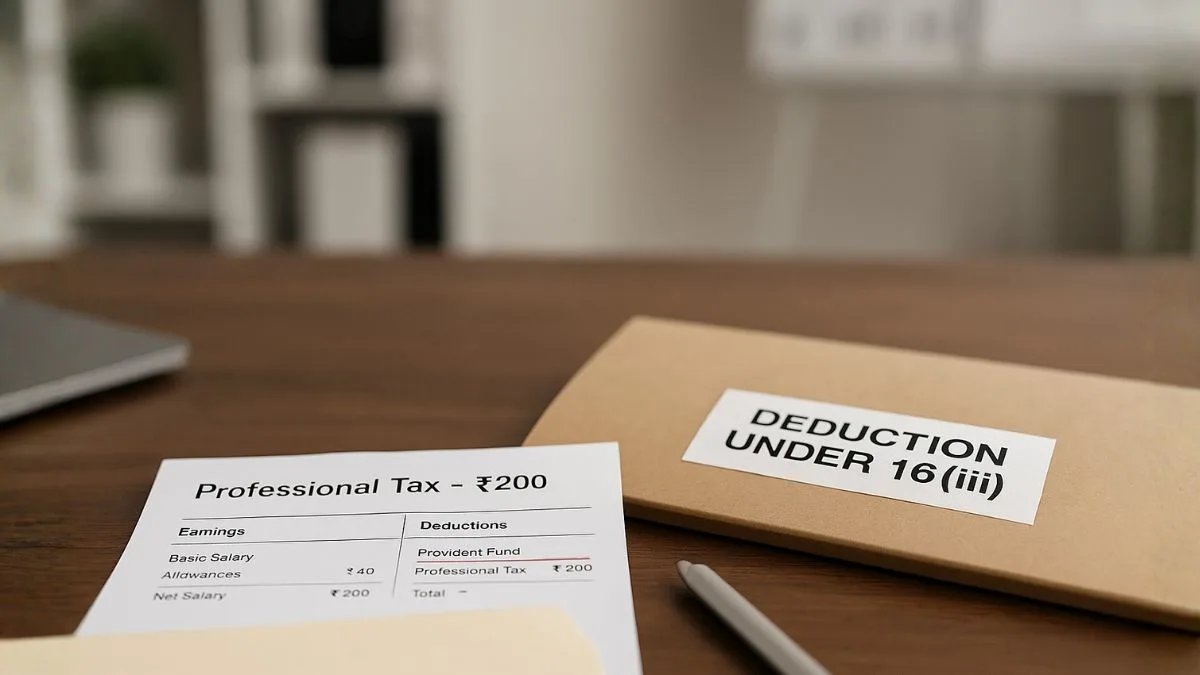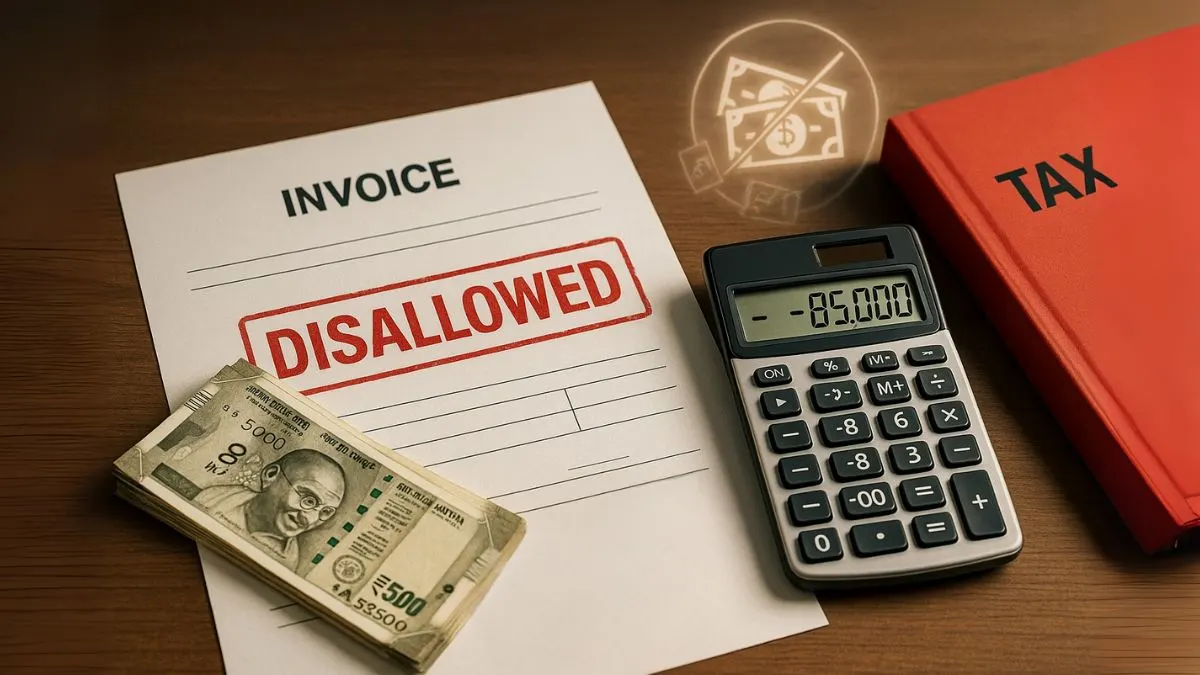
In today’s tax landscape, the government strongly encourages the use of banking channels & digital payments to curb black money and increase transparency. To ensure compliance, the Income Tax Act has specific provisions that discourage excessive cash transactions. Section 40A(3) and Section 40A(3A) of Income Tax Act are among the most important anti-cash provisions. These sections provide for the disallowance of business expenses when payments are made in cash beyond a specified limit.
Understanding Section 40A(3)
Section 40A(3) lays down a simple rule — if a business makes a payment exceeding Rs.10,000 in a day to a person, & the payment is made otherwise than through banking channels, the expense will not be allowed as a deduction. For transporters, the limit is Rs.35,000 per day. This provision ensures that large transactions are routed through banks for better traceability."
What is Section 40A(3A)?
While Section 40A(3) covers direct payments, Section 40A(3A) of Income Tax Act deals with situations where an allowance has been made in the assessment for any year but the actual payment in a subsequent year is made in cash. In simple terms, if an assessee claims an expense in one year (say, through outstanding liability), but later discharges that liability by making a cash payment exceeding Rs.10,000, then the entire expense will be disallowed in that subsequent year.
Key Features of Section 40A(3A)
- Applicability – It is applicable to any assessee that makes one or more payments exceeding Rs.10,000 otherwise than by account payee cheque, draft, or electronic mode.
- Disallowance of 100% of expenditure – The entire payment becomes disallowed as a business deduction.
- Encourages transparency – The provision is designed to encourage the use of digital payment modes and banking channels.
- All transactions exceeding Rs.10,000 in a day are disallowed if made in cash, subject to specific exceptions.
Also Read: Section 40A(3) of Income Tax Act
Example of Section 40A(3A) in Action
Let’s say a business claimed ₹1,00,000 as an expense in FY 2022–23 for credit purchases. In FY 2023–24, the business settles this liability by paying cash of ₹50,000 on one day and ₹60,000 on another day. Since the payments exceed Rs.10,000, the amounts will be disallowed under Section 40A(3A). This results in additional taxable income and higher tax liability.
Rationale Behind Section 40A(3A)
The provision was introduced to plug loopholes. Earlier, businesses would claim deductions for expenses & later settle liabilities in cash, which made it difficult for tax authorities to trace the transactions. By bringing in Section 40A(3A), the government ensures that even deferred payments must follow the digital or banking route. This strengthens transparency and prevents bogus expense claims.
Exceptions to Section 40A(3) and 40A(3A)
The Income Tax Rules provide certain exceptions where cash payments exceeding Rs.10,000 are still allowed. These include:
- Payments made in areas without banking facilities.
- Payments to government bodies where cash is the only mode.
- Payments on bank holidays or during strikes where banking operations are closed.
- Payments for agricultural produce directly to cultivators.
These exceptions recognize genuine situations while still discouraging unnecessary cash dealings.
Also Read: Cash Limit for Loans, Deposits & Specified Sums
Link Between Section 40A(3) and Section 40A(3A)
Both provisions are interlinked. While Section 40A(3) disallows direct cash payments above ₹10,000, Section 40A(3A) ensures that even deferred payments (expenses already claimed earlier) are subject to the same restrictions. Together, they cover all possibilities of high-value cash transactions and enforce the rule that business expenses must pass through proper banking channels.
Impact on Businesses
The provisions significantly affect businesses that traditionally relied on cash. Traders, small enterprises, and transport operators need to adapt to digital systems. While this increases compliance, it also offers long-term benefits such as:
- Better financial record-keeping."
- Reduced chances of scrutiny or penalty.
- Enhanced trust and credibility with banks and stakeholders.
Judicial Views on Section 40A(3A)
Courts have consistently upheld the provision, emphasizing that the aim is not to restrict business but to ensure accountability. In various rulings, it has been clarified that if a payment genuinely falls under exceptions (such as banking unavailability), then disallowance should not apply. However, in ordinary circumstances, disallowance is mandatory.
Why This Matters for Tax Planning
Ignoring Section 40A(3A) of Income Tax Act can result in heavy disallowance & increased taxable income. Businesses should:
- Avoid cash payments above Rs.10,000.
- Use electronic or cheque payments.
- Keep documentation for exceptional cases.
- Train accounting staff to ensure compliance.
By doing so, companies can reduce the risk of disallowance and avoid unnecessary tax burdens.
Also Read: Penalty on Cash Transactions Beyond Limits
Conclusion
Section 40A(3A) of Income Tax Act is a strict but necessary provision aimed at curbing unaccounted cash transactions. It is applicable to any assessee that makes one or more payments exceeding Rs.10,000, & it results in disallowance of 100% of expenditure if the payment is made in cash. Whether under Section 40A(3) or 40A(3A), all transactions exceeding Rs.10,000 in a day are disallowed to ensure that businesses adopt transparent practices and encourage the use of digital payment modes.
👉 Want expert help in managing your tax compliance and avoiding disallowance of business expenses? Visit Callmyca.com and let our experts simplify tax for you.


